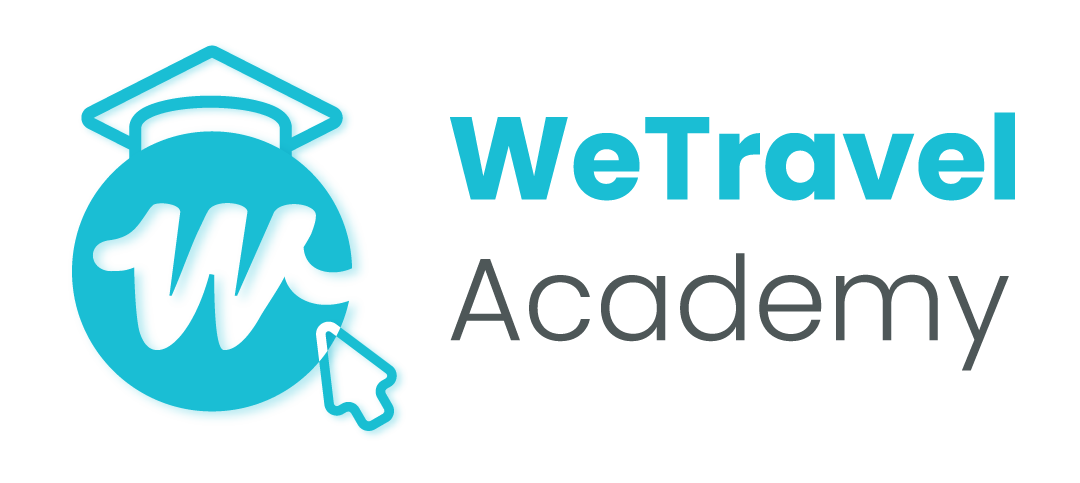How Content Marketing Can Increase Traffic To Your Travel Website And Generate Qualified Leads
Most travel operators know that content is a great way to drive high-value traffic to their website and generate qualified leads and sales.
But for many travel companies, knowing where to start and what to focus on can be a bit of a mystery.
In this article we provide a down-to-Earth content marketing framework that any travel operator can start using today and get real results.
But first, let’s look at what content marketing is and why it is one of the best marketing techniques for a travel business.
By the end of the article you will know:
1. How to write epic travel content that inspires and engages your website visitors.
2. How to use the Trifecta content marketing strategy to create content that gets search traffic, social media shares and links.
3. How to build a content marketing machine to consistently produce quality content on your website.
Reading Time: 17 Minutes
Content Marketing 101
Great content marketing does two things:
- It captures the attention of a well-defined audience through valuable and relevant information.
- It takes that audience on a journey from awareness and discovery of your brand and products or services to becoming customers.
In other words, it nurtures an audience down a sales funnel.
This idea of nurturing an audience in a sales funnel is particularly relevant for a travel operator as selling a tour, or any other product or service, often relies on first building a relationship with a prospective customer and establishing trust.
Great content does just that.
In fact, unlike most traditional marketing techniques, which try to sell products and services by pushing a message out to a cold audience, content marketing instead uses free, valuable and relevant information to pull an audience in and establish a dialogue.
Great content sells, without selling. Think of it as your invisible sales funnel.
Moreover, good content can underpin an entire sales and marketing strategy for a travel company.
How?
Well as we show below, the right content can drive media interest without PR; social shares without ad spend; search engine rankings without costly SEO consultants, links without link building; and inbound enquiries without outbound cold calling.
At this stage, you are probably thinking: “Wow, how can I get started?”
Let’s jump in and look at our suggested framework for a winning content marketing strategy.
Trifecta Content Marketing
When starting out with content marketing it is easy to get overwhelmed.
Questions like these might be filling your mind: What content should I produce? How much should I create? How can I make my content go viral on social media? How can I get Google to rank my content? How do I get backlinks?
Fortunately, there is a framework you can use to think about your content marketing strategy.
It’s called the Trifecta strategy as it separates content into three different types.
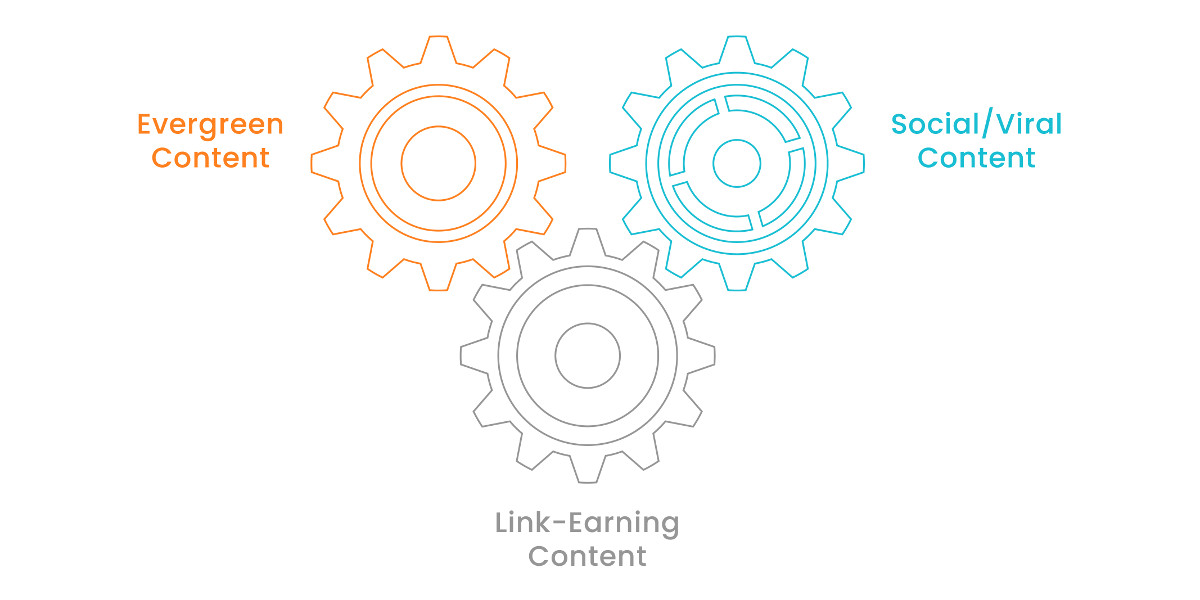
The key thing to note is that each type of content tries to serve a specific objective:
- Evergreen content targets keywords to generate consistent and reliable search engine traffic.
- Link earning content is inherently link worthy and is built to get backlinks.
- Social or Viral content is built for likes, shares and comments on social media.
Let’s look at each and see how you can use them.
Pro Tip: Where to put all your content? Create a section on your website for blogging/content. Link your content section to your product section to direct new customers to your offerings.
Evergreen Content
Content that is evergreen has two key characteristics. It is topical to a keyword and remains relevant through time.
As we saw in our SEO article, keywords are the building blocks of a search engine marketing strategy.
Keywords define the search volume and intent of a user, with the latter falling into three broad buckets.
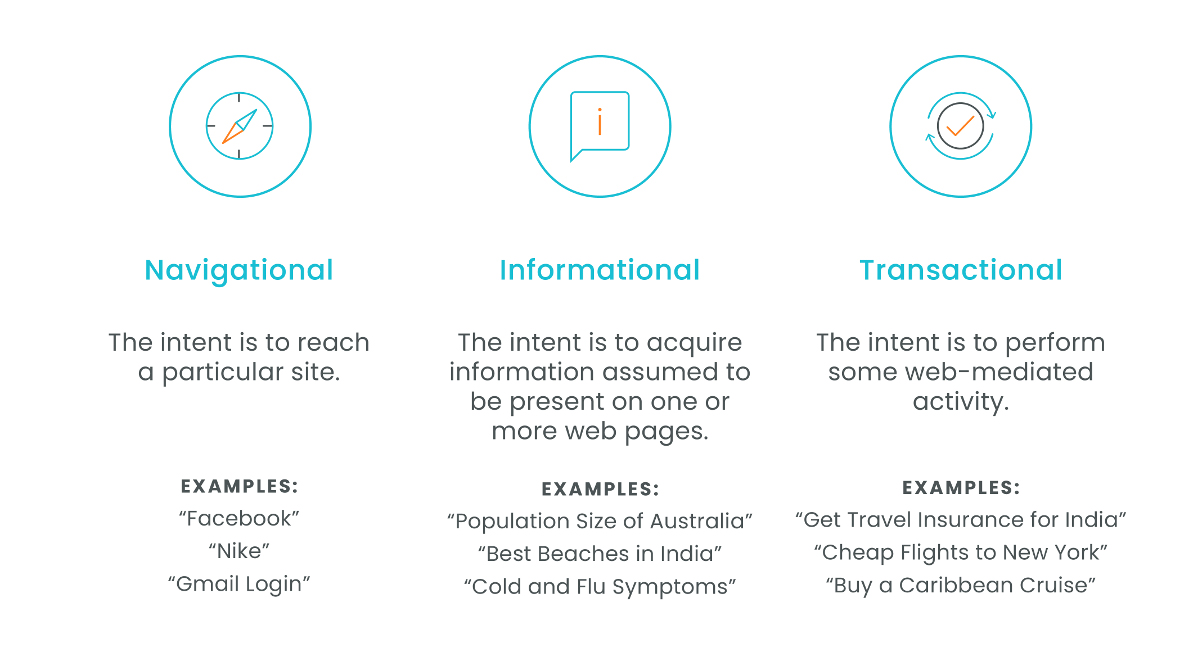
When it comes to evergreen content, the middle bucket (i.e. informational keywords) is the most important.
The user intent with informational keywords is to acquire information to answer a search query. For example, keyword phrases like “Best time to visit Phuket” or “What to pack for an Antarctica cruise” are informational keywords and provide great opportunities for a content provider. Here is a screenshot of the first result for the Phuket keyword, and take a moment to see how a website like Antarctica Guide uses detailed content that is evergreen to target keywords for the white continent.
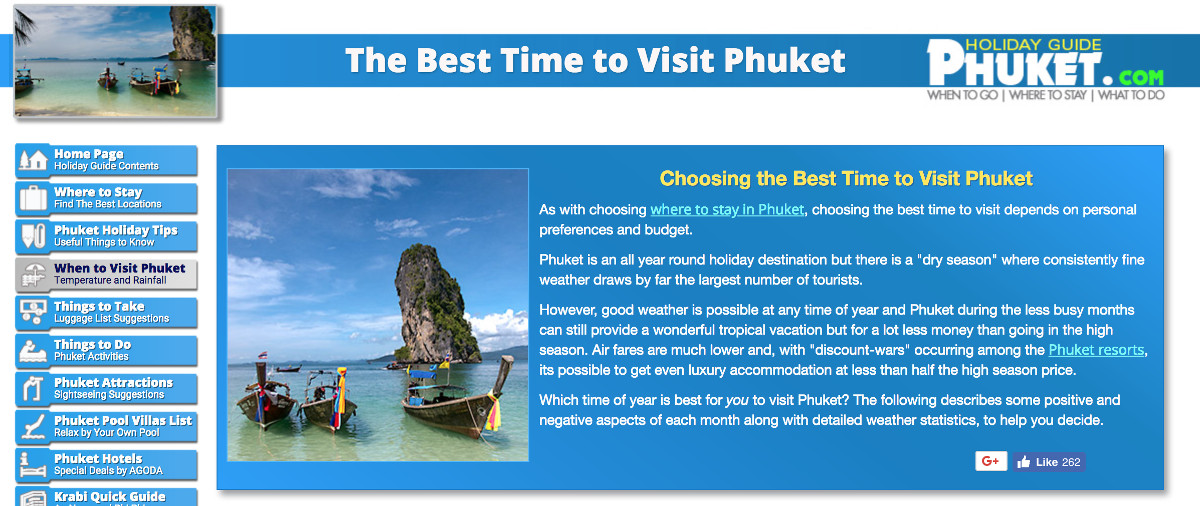
With evergreen content the aim is to find informational keywords that are relevant to your product or service offering, and then to produce rich and detailed content that meets SEO best practice and, most importantly, provides value to a user.
Evergreen content is often not the most link-worthy or socially viral, but where it lacks on these measures, it makes up for in its search engine appeal.
Finding informational keywords that are relevant to your niche requires a good understanding of keyword research and the use of tools, like Google Keyword Planner (free) or Ahrefs (paid).
We cover keyword research in detail in our SEO article, so we won’t rehash that information here, but strategically the aim with evergreen content is to build out a large portfolio of informational content that targets topical keywords.
For example, below is a keyword strategy for an adventure travel website that offers hikes in America.
The term GV refers to the Global Search Volume for each keyword. Notice how all the keywords are informational and topically relevant to this travel website’s core tour offering. From the diagram it is easy to imagine how one would produce content-rich information for each keyword.

QUICK EXERCISE
Using a keyword research tool, like Google Keyword Planner, start mapping out a series of informational keywords that you could produce content-rich articles for.
Make sure to focus your keyword research on topics relevant to your tour offering.
Use a spreadsheet or spider diagram, like the one above, to capture the search volume of each keyword, and the overarching content structure.
Once you have created a list of evergreen informational keywords to go after, the next task is to produce content.
There is a ton of information online that covers copywriting in great detail (see suggested reading below), but in short great copy requires a few key elements.
Firstly, it needs to read well and be engaging. If you think you have strong writing skills then by all means produce the content yourself, but if writing isn’t your strong suit or you just don’t have the time, then outsource your content.
If you go down the latter route though, just remember, you pay for what you get!
Secondly, great evergreen content needs to be rich in detail. 500 word articles just don’t cut it anymore. You should be looking to generate 800-1000 words per article.
Finally, style and structure of your content is incredibly important. Short, punchy sentences with lots of paragraph breaks make content easier to read online.
Pay particular attention to your introduction. You need to grab your reader's attention in the first few seconds otherwise they will bounce.
Suggested Reading
- Brian Dean and Neil Patel are giants in the content marketing space. In terms of copywriting we highly recommend reading this article by Brian Dean and this article by Neil Patel
Link Earning Content
Although evergreen content is great for targeting keywords and getting search traffic, it is often not the sexiest content and generally doesn’t garner much social interest or backlinks.
Also, as we saw in our article on SEO without domain authority, it is very difficult to rank for keywords in the search engines.
This means you can produce a ton of evergreen topical content, but end up only ranking on page 2 or 3 of a search result and thus get very little targeted traffic.
This is where link-earning content comes in.
Backlinks – links pointing to your site from other websites – drive domain authority, which drives search ranking. The authoritative power of a backlink is determined by the quality and relevance of the linking site.
For example, a backlink from Lonely Planet to your travel website is more valuable than a link from a random sports blog.
The more high quality links you get, the higher your site will rank, and the more traffic your evergreen content will get.
Getting links, however, is challenging and requires thinking outside of the box.
Ask yourself: What type of content do other publishers link to?
If you think about this question you’ll realize that publishers tend to link to articles with insightful data and engaging graphics. Interesting studies, info-graphics and data visualizations are particularly link worthy.
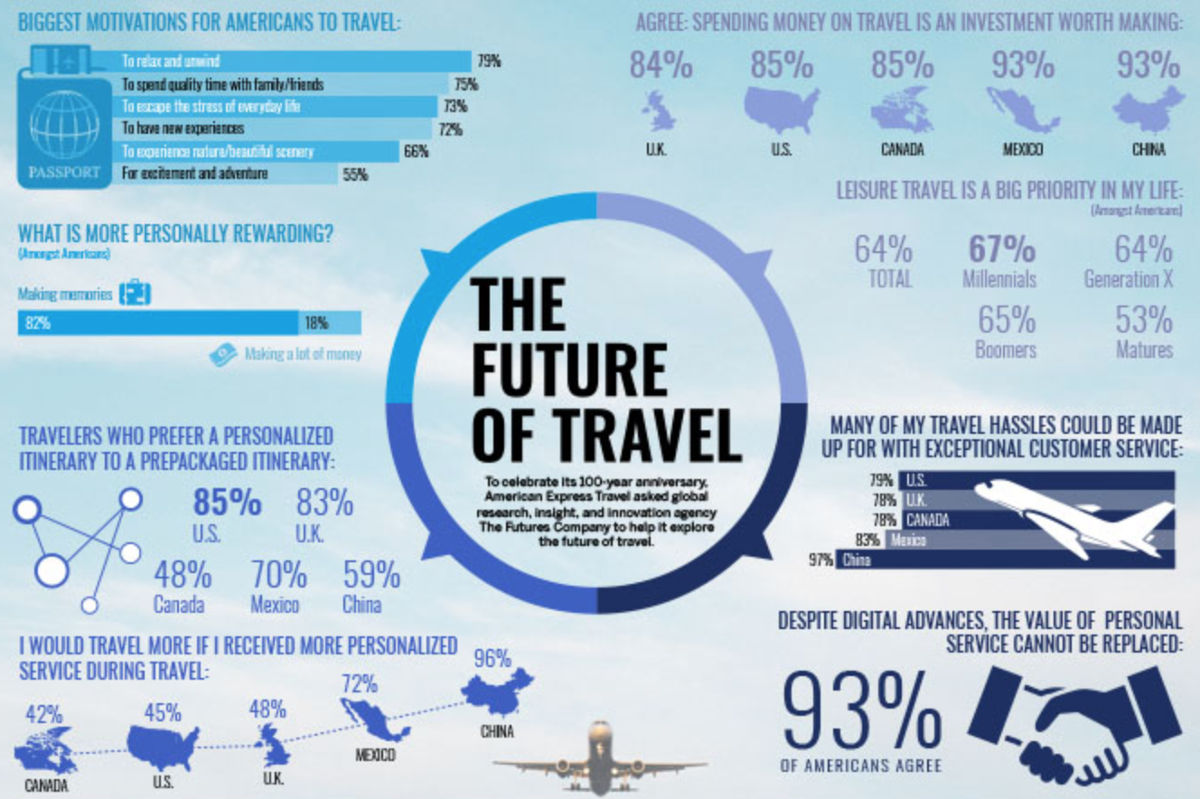
For example, here’s American Express using an info-graphic to share insight on the future of travel. Publishers love this type of content. You can bet your bottom dollar that American Express got a load of backlinks to it.
Producing this type of content needn’t be difficult. You certainly don’t need to come up with your own data.
The trick is to use public data sources, like Wikipedia, the World Bank Open Data source or travel trade publications online to gather information that is broadly related to your niche and then repurpose the data in a unique or novel way.
When brainstorming topic ideas, always remember that it is a lot easier to get a link from someone who has a vested interest in promoting the content.
For example, an article that uses public data to provide a ranking of companies is more likely to be picked up by those companies and shared.
Another great link-earning idea is to reach out to influencers in your niche to let them know you are producing an industry expert roundup and wanted to get their input.
Let them know that you will feature their site in the roundup. Once the article is ready, share it with them and watch links come in.
Here’s Inc Magazine, doing just that.
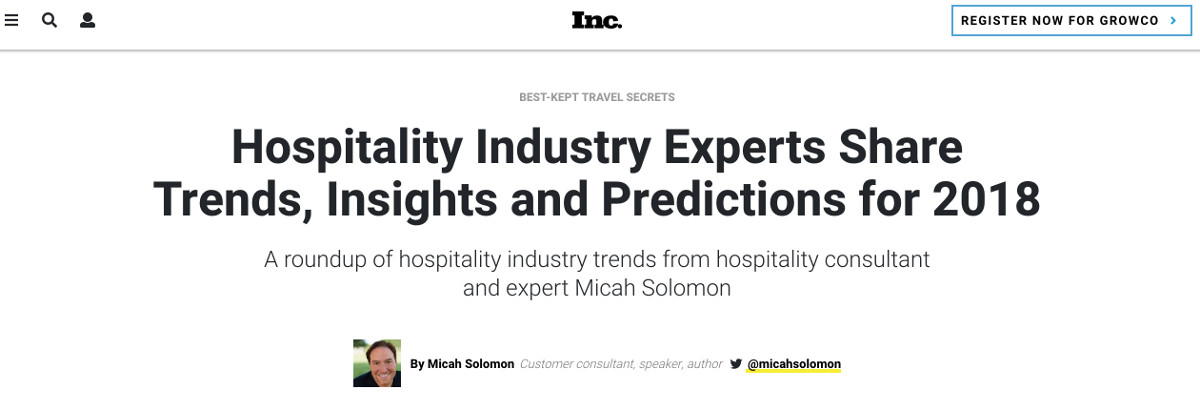
A key component to link-earning content is outreach.
It’s no good just producing an amazing article with great data visualizations or industry insight, if you don’t follow up and promote the article through outreach.
Make sure you set aside twice the amount of time you put into researching and creating an article, into promoting it.
Email and Twitter tend to be the best ways to reach publishers and share your content.
Start by putting together a list of publishers you want to get links from. Aim to put together a few hundred targets to email directly or reach out to on Twitter.
Once you have your targets lined up spend time on crafting a good pitch, and then personalize it for each target. Often a single email is not enough to get a response. Use a coordinated approach and follow-up with no-responders. This will ensure you get the highest level of engagement.
Remember the aim is to get links to your content, so make it easy for publishers to link to you by providing press release templates and promotional materials.
For excellent additional reading on link-earning content check out these suggested resources below.
Suggested Reading
- For a practical guide on creating info-graphics see this guide from Hubspot
- For a great list of public data sources see this article by Forbes
- Smart Blogger have a great guide on creating expert round up articles and on outreach
- The Backlinko guide to link building is one of the most comprehensive available online
QUICK EXERCISE
On a piece of paper start jotting down ideas for link-earning content. Focus on the publishers you want to reach first.
What type of content would they like? Is there publicly available information for your content ideas? Can you come up with any content ideas that publishers or companies would have a vested interest in linking to?
Create a plan to produce link-earning content. Remember to build in about double the amount of time to do outreach.
Social / Viral Content
The final type of content that makes up the Trifecta strategy is social or viral content.
This content is designed to get loads of shares, likes and comments on social media, and ultimately drive brand awareness and traffic.
Unlike evergreen or link-earning content, social content doesn’t need to be keyword rich or super informative. It needs to be engaging.
Think Buzzfeed!
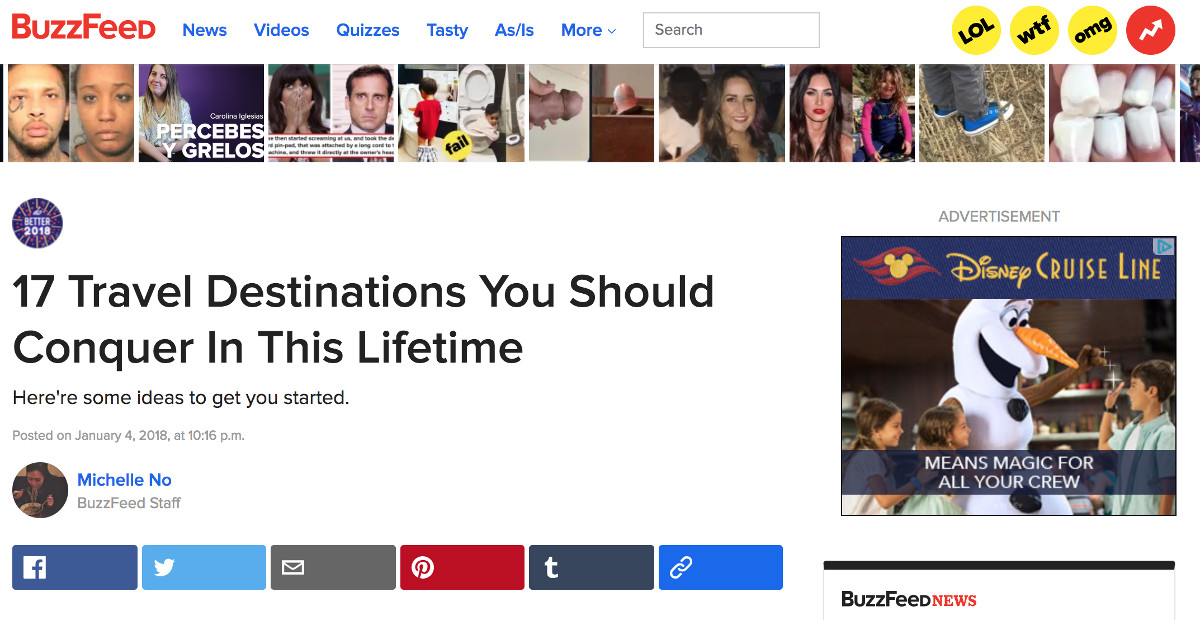
This type of content doesn’t get great search traffic or earn many links, but it performs great on social media.
There is a science to viral content, which we discuss below, but the first thing you should ask yourself is:
Why do you want viral content?
Sure, getting loads of traffic is great, but if you don’t use that traffic to convert visitors to customers then what is the point?
Generally, viral content is best used to raise brand awareness with a broad audience.
In other words it sits right at the top of the sales funnel, which we illustrated at the beginning of this article.
To nurture visitors down the sales funnel, viral content needs to be used in conjunction with remarketing techniques. For example, you could use viral content to drive traffic to your website, and then use a valuable free information offer like an eBook guide to collect emails. We discuss this in our article on Email Marketing.
Alternatively, you could use a Facebook Pixel to anonymously collect data on visitors and then retarget ads to them in Facebook. We discuss this in our article on Facebook Advertising.
Once you are clear on how you will use your viral content to drive visitors down your sales funnel, the next challenge is to make it go viral.
In our suggested reading below we have linked to a number of great resources on how to achieve this, but briefly here are a few things to focus on.
In terms of the actual content, two main formats work really well.
Data-rich content synthesized into an easy to digest graphic, map, chart or graph: for example, here is Travelocity looking at the cheapest time to travel during Independence Day in the States. We're sure this went gangbusters prior to the 4th July week.
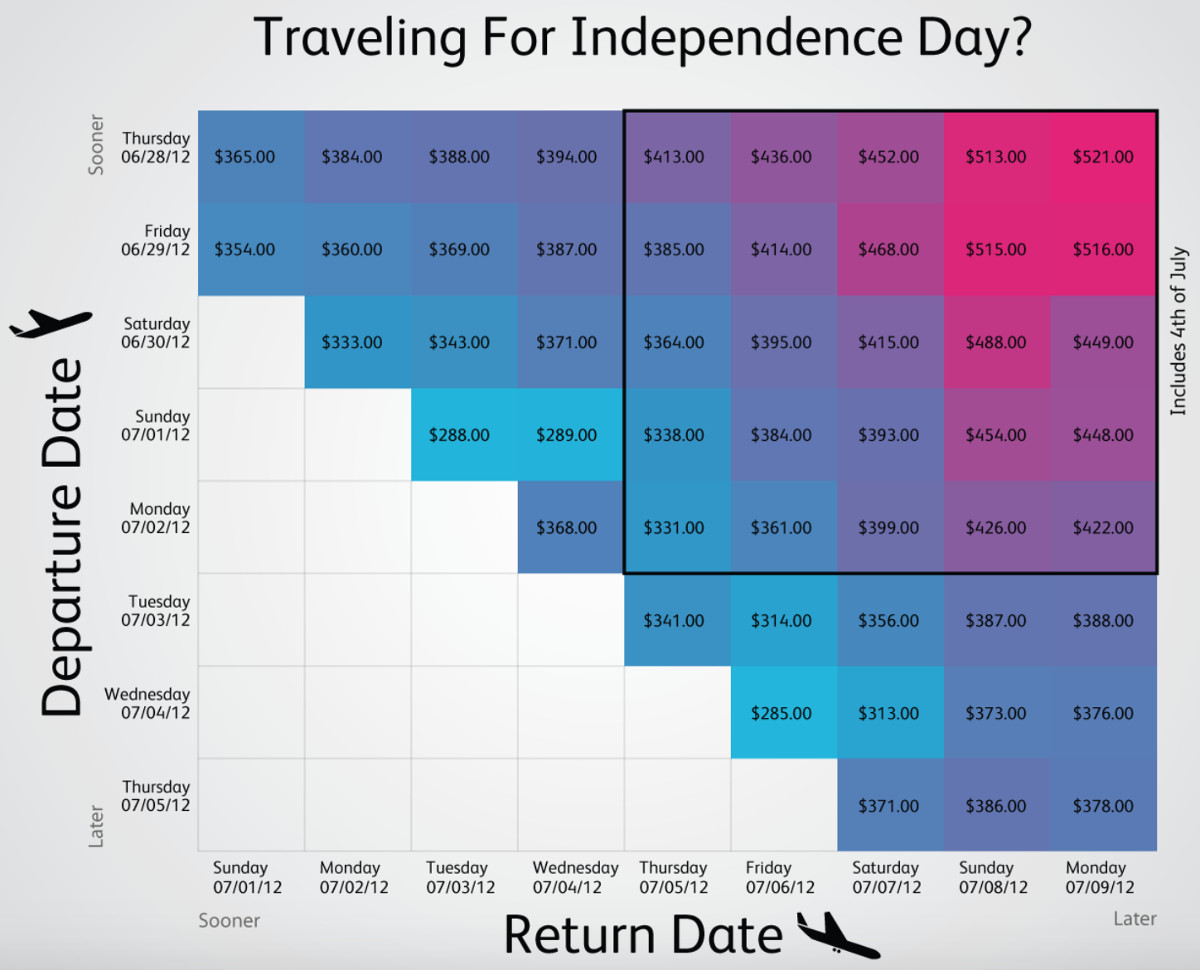
Listicles that build-in an element of surprise or fun, and/or provide interesting rankings or ratings: here’s the travel section of The Telegraph doing just that.
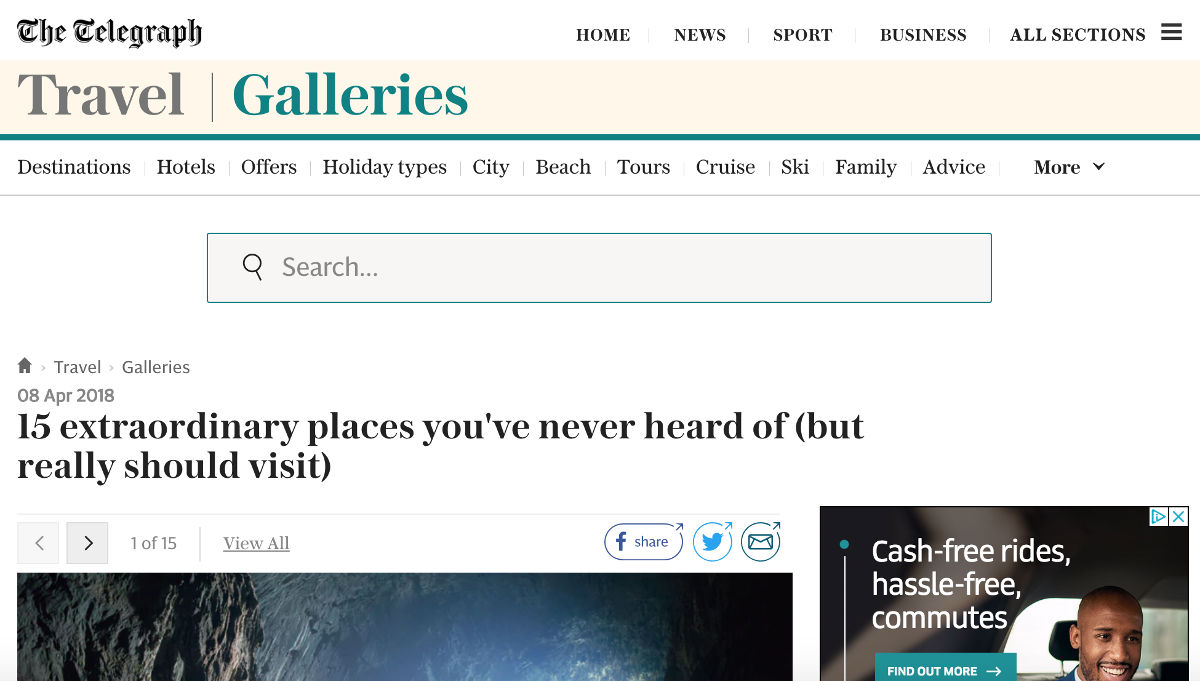
Once you have a great content idea, the next area to pay particular attention to is the structure and format of the article.
Headlines are incredibly important when it comes to viral content. A headline needs to grab the reader’s attention and be intriguing. Research shows that the use of numbers in a headline increases clicks by 36%, with odd numbers performing the best. Also, the use of parenthesis is proven to increase Click Through Rate (CTR).
Take a look at The Telegraph article above. Notice the odd number and parenthesis in the title. That’s no mistake.
Pictures, especially above the fold (i.e. the section of the page before you have to scroll), are very important too. Articles with colorful and engaging imagery are 80% more likely to be read.
Social proof that encourages sharing and is above the fold is also critical to a successful viral campaign. For example, look how the social sharing buttons are prominently displayed on a blog post from G Adventures.

Finally, and possibly, the most crucial element to viral content is making sure you do targeted outreach and invest in boosting your articles via advertising.
It’s very difficult to go viral if you don’t generate a snowball social engagement velocity effect.
Imagine a snowball rolling down the mountainside. As it descends it gathers more and more snow, getting bigger and bigger the faster it goes.
The same is true with viral content.
Once you have an awesome piece of content, that follows best practice viral techniques, you need to have a coordinated approach to get the content in front of as many people as possible at the same time.
The best way to do this is to partner with a handful of influencers who all agree to share your content on a given day. Combining this with paid advertising to boost the content on social platforms like Facebook, can result in the snowball effect.
Most influencers will want to be paid for sharing content, but there are novel ways to get influencers onboard without coughing up cash. Featuring influencers in the content is a great way to get them to share it, as they have a vested interest in promoting the content. Alternatively, free or discounted offers for your tours can work really well.
Going viral can, however, be quite hit and miss. Sometimes content, despite being great, doesn’t take off. The trick is to be persistent, constantly test ideas and follow best practice formulas.
The suggested reading below provides excellent tips on making your content go viral.
Suggested Reading
- Backlinko guide to viral content
- Social Triggers guide on crafting viral content
QUICK EXERCISE
Review the suggested resources above to start planning a viral piece of content. Think of a data-rich content idea or listicle approach you could use that would be interesting and engaging.
In your plan, make sure you remember to follow best practice in terms of titles, imagery and social proof.
Pay particular attention to how you are going to do outreach and create a snowball effect.
Summary
Many travel companies don’t see content for what it really is – a valuable business asset that can market your brand 24/7 and nurture visitors to customers. It just needs time.
A content marketing strategy that is well thought out and expertly executed can be the bedrock for an entire sales and marketing approach.
The best content creators focus on developing content that serves specific objectives – be it content that is evergreen and designed to capture lots of search traffic, content that is built to generate links, or content that is created to go viral.
It is possible to create content that ticks all three objectives, but in general it is best to focus on one objective for each piece of content. This is the Trifecta strategy.
In the next article, Email Marketing, we look at how you can leverage content to build a database of prospects and nurture them to become customers.
Did you enjoy this article? Get a FREE e-book: 150-page guide that covers everything from establishing a winning travel brand to delivering a market-leading service.
New resources, straight to your inbox
We’re committed to your privacy. WeTravel uses the information you provide to us to contact you about our relevant content, products, and services. You may unsubscribe at any time.

